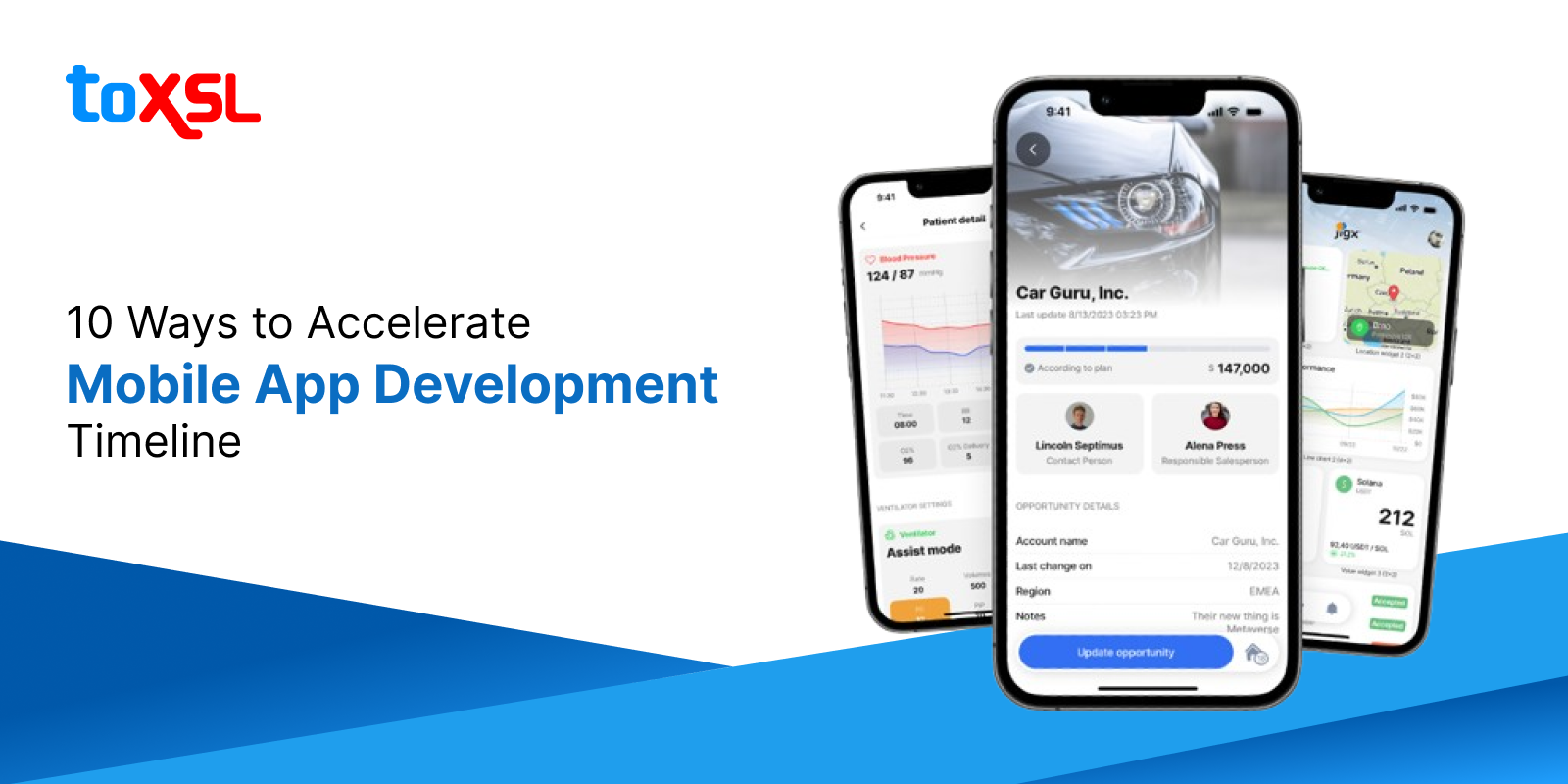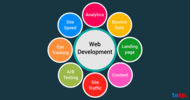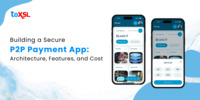- Oct 22, 2025
Share this post on:

If you own a business, developing a mobile app should be your topmost priority. Unlike websites, a mobile app engages a customer better. So, by launching an app, you are, in one way, empowering your customers. And once the customer gets involved with your app, you have actually set the ball rolling for more leads and sales.
That said, your app needs to be released quickly. Speed is the key. Not surprisingly, today, several mobile app development companies create mobile apps in just 4 days.
Are you interested in developing an app ASAP? Here are 10 ways to accelerate your Mobile App Development timeline.
1. Create Blueprints using lo-fi Wireframes
It turns out wireframes give a rough idea as to what you can achieve from your app before you dive headlong into the app development process.
It will help you single out the functionalities, plus the design of your app, that you intend to build upon.
It sets a clear-cut goal for both the app development team and the app design team to focus upon.
But then remember to use low-fidelity wireframes over high-fidelity wireframes. Why? Low-fidelity wire-frames come with basic blueprints that help save time.
2. Take Advantage of MVP
Developing a Minimum Viable product is pretty much a common thing in the business landscape these days. Minimum Viable Product, in simplistic terms, means launching a product with minimum features. It does not mean a half-baked product to attract investors.
On the contrary, it means a product that comprises basic features that are good enough to address key issues the user faces. This leaves enough room for the developer to make the required changes in the app based on the feedback received from the users. Once the necessary changes have been made, the developer might as well ready the app for the second release.
3. Choose Agile Development
Agile DEV follows techniques that are no different from MVP. The principles and practices include releasing the bare minimum product first and then adding additional features in the next 2-4 weeks sprints as per user feedback and client expectations.
It’s all about prioritizing time, budget, and features. In addition, the agile methodology focuses on early entry into the market, visibility, and real-time testing.
4. Try Component-based UI
Component-based UI accelerates app development process.
The process helps you cut down the app development costs and time by setting up a sustainable technical framework. These frameworks can be exchanged between apps and also can be reused for an agile and iterative development process.
Sure, every app is different, and source codes are submitted to the clients. But then, specific source codes can be reused like login using Facebook, Instagram and all.
5. Opt for Automated Testing
The testing of the app is as important as its development. So make sure you run simultaneous tests over individual tests. By increasing the testing speed, you can easily cover more things in a minimum time frame.
Try automated testing software such as Appium for testing Hybrid, Native, and mobile web apps.
6. Scale Down Iterations per Sprint
Another way to speed up your app development and deployment is to divide the process into sprints and discuss every single process with the clients. By having clients in the loop, you can automatically cut down iterations by a good number.
Plus, it will offer a clear idea to the team as to what they need to do next and what they have achieved so far.
7. Thorough Quality Assurance
Ensure a quality assurance test is undertaken after every milestone. This will save a lot of time while conducting QA at the end of the final product as basic issues will be taken care of at the development stage itself.
To achieve this, the QAs should work closely with the design and development team throughout the app development process. The QAs will act as mediators ensuring the client’s goals are taken care of by the development team.
8. Plan to Outsource
Your app developers may be good in iOS, but then you want your app to run on Android platforms as well. This is where you can plan to outsource your Android app development to a team that has already proven themselves.ToXSL Technologies is one such company that takes up different outsourcing projects.
9. Create More Hybrid Apps
Hybrid Apps are nothing but web apps that run smoothly on all operating systems. This means you don’t have to code differently for different Operating Systems such as Android or iOS. Corollary to that, hybrid apps are much faster, cheaper and all the more portable compared to native apps. But then, make sure that your hybrid app has an easy UI similar to native apps.
10. Adjustable Team Size
If you rely on your in-house team for the app development process, nothing like it. Sure, outsourcing works. But then, for faster development and deployment of every project, specifically during emergencies, it’s better off to have employees working under the same roof.
Want to speed up your app development process? Check out GoodFirms list of top mobile app development companies to accelerate your mobile app development process.
Author Bio: I am Jennifer Warren, a Content Crafter with GoodFirms, a research and review platform for mobile app development, software development, bot development companies among many others.











